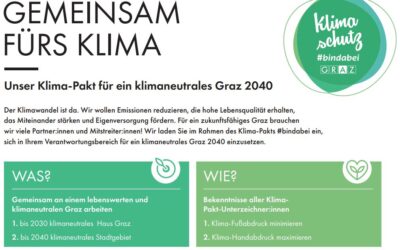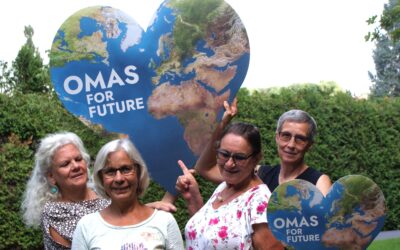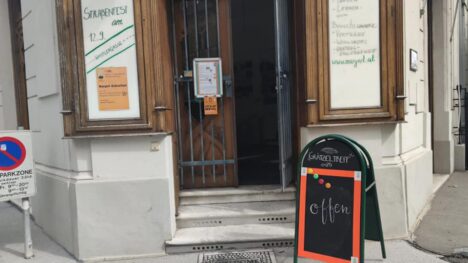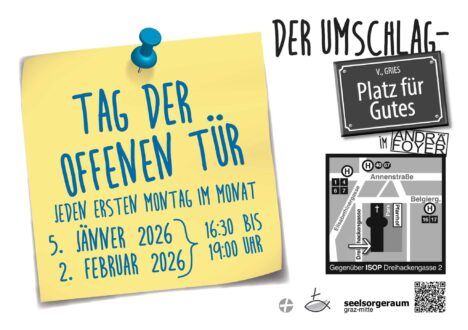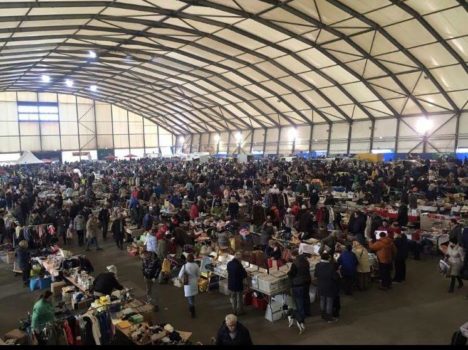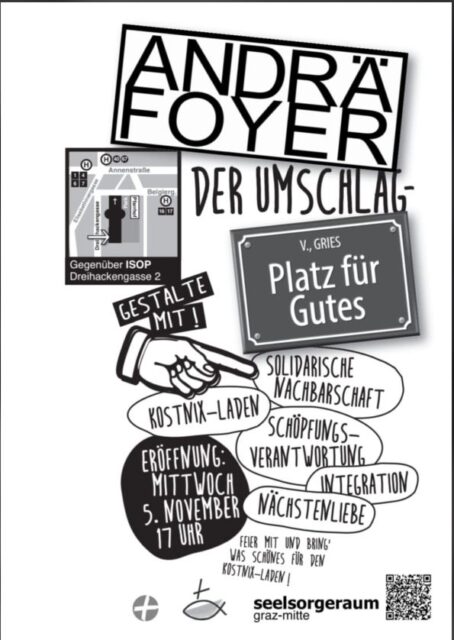Original posted by Tina in German on September 19, 2022 (Mikroplastik und seine Effekte auf die Umwelt). Translated by Lisa Scheer in 2023/24.
Disclaimer: Some of the links in this post might redirect you to a site in German. Feel free to use Machine Translation (such as DeepL or Google Translate) to get the information provided on these sites.
What are microplastics?
Microplastics are pieces of plastic that are smaller than 5 millimetres. These small pieces are insoluble in water and sturdy. The United Nations environmental program (UNEP) and the Umweltbundesamt (UBA/Federal environmental agency) decided on this definition for microplastics. There is no definition that is recognised worldwide. That’s why the exact amount of microplastics in the world can only be estimated. The International Union for Conservation of Nature (IUCN) estimates the amount to be 3.2 tons of microplastics that make it into our environment each year. Half of them end up in the oceans.
We can put microplastics into three different categories:
- Primary microplastics type A are industrially created as pellets to be added into things such as detergents, cosmetics, peelings, paint or toothpaste.
- Primary microplastics type B are a by-product of type A microplastics. For example, through the abrasion of car tyres or the washing of plastic fibre. The emissions of type B are more relevant than the ones of type A. Type A amounts to 11% of microplastics, type B amounts to 88%.
- Secondary microplastics are created through macroplastics dissolving. This degradation happens due to littering (=leaving plastic waste lying around in the environment, causing the plastic to become porous after some time and breaking apart).
Where do microplastics come from?
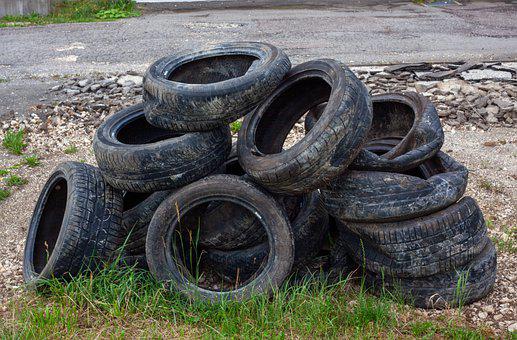
The Frauenhofer-Institut published a study called „Kunststoffe in der Umwelt: Mikro- und Makroplastik/Plastics in the environment: Micro- and macroplastics) in June 2018. In this study, researchers looked at over 50 different sources. In first place on the list of sources of primary microplastics in Germany is the abrasion of tyres with an annual per capita emission of more than 1,200 grammes. This value is over four times (!) as high as that for the second place on the list: Release of microplastics during waste disposal. Third place is the abrasion of bitumen in the asphalt. Fibre abrasion in textile washing is in 10th place, microplastics in cosmetics are in 17th place. Extrapolating, the Frauenhofer-Institut arrives at an annual per capita emission of 2,880 grammes but assumes that only 75 % of the sources have been recorded and rounds up to about 4,000 grammes per person or 330,000 tonnes/year in Germany. This means that plastic emissions in Germany in the form of microplastics are about three times higher than those in the form of macroplastics (116,000 tonnes/year).
The Frauenhofer-Institut states that the vast majority of microplastics (62%) stems from the areas of traffic/infrastructure/buildings. Private consumption and commercial end users account for about 24 %.
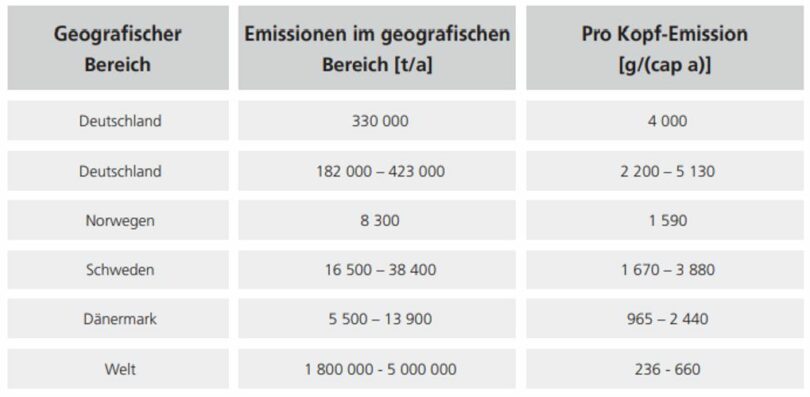
From our home into the ocean
Primary microplastics in household products, cosmetics and clothes are released during the washing process and they end up in our wastewater. Around 95% of microplastics can be filtered in the wastewater treatment plants of Austria and they end up in the sewage sludge which is partially reused as fertiliser in Austria. Plastic particles end up in our local soils and end up back into our food chain. The remaining 5% end up in our oceans. The EU-commission estimates the amount of microplastics from the EU to be 300,000 tons per year.
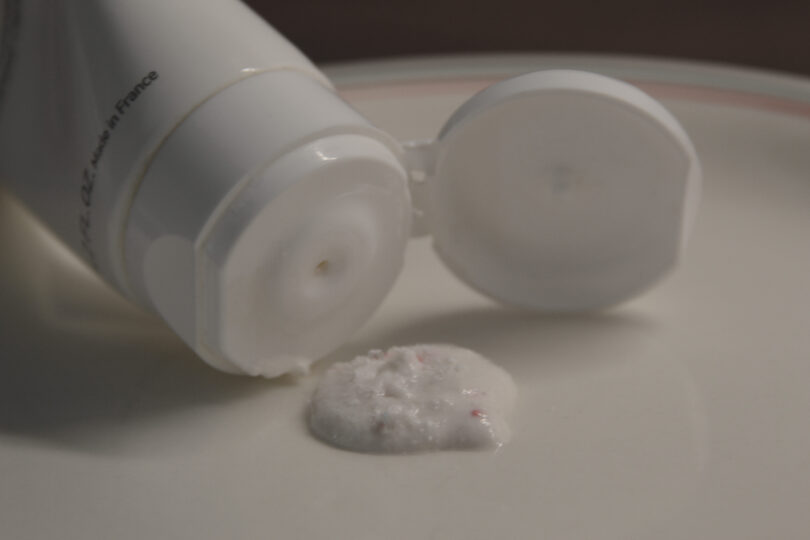
How harmful are microplastics?
Plastic particles have been found in many animals – ranging from insects, over birds to mammals. Some animals excrete plastic particles without harm. Others suffer from mechanically created organ damage or react negatively to the additives in plastic. Additives make their way into their blood and they can cause irritation.
These plastic particles get back to us as well. Through food and more the plastic particles get into our body. The small particles that can stem from abrasion for example float through the air. This is especially the case in rural areas. Microplastic particles in cosmetics are less harmful to us because they are big enough for our bodies to excrete them.
In May 2022, researchers of the university of Amsterdam managed to identify four different kinds of plastic polymers in the blood of 22 healthy individuals. What microplastics do to our body will be researched in the future. At the moment, there is no data available. It is proven that small particles can deposit in our vessels. But for now, we still have to wait for more information.
The Frauenhofer-Institut lists a couple of ecological and human toxicological effects that can be expected. These include the negative effects on organisms through the intake of microplastics in the food chain, the physical effects on our ecosystem, the effects on the immune system, fertility and mortality, and the fear of chemical hazards through the release of additives into our ecosystem and in humans.
Are there any countermeasures?
The Frauenhofer-Institut suggest some measures to counteract the damages to the environment through plastics. Plastic emissions have to be estimated and reduced by a factor of 27. Moreover, emissions must not exceed the slow degradation rates of the plastic. WWF calls to stop microplastic emissions at their source. This could be through legal policies for waste collection and recycling. The project Textilemission looks at the problem of microplastics due to synthetic textiles and tries to optimise wastewater treatment plants. The WWF also calls for a microplastics ban in cosmetics and the development of car tyres that cause less abrasion.
To conclude – What can we do?
If you want to avoid the creation of microplastics as an individual, it is important to consider the following things:
- Don’t buy cosmetics with microplastics and buy certified natural cosmetics instead. Alternatives for a peelings with plastic are peelings with wax inside them or salt-based peelings.
- Use natural, non-synthetic textiles (for example for cleaning rags) or using a specific bag (such as by Guppyfriend) when washing synthetic fibres and always fill your washing machine. A full washing machine does not only have a better energy balance but can also reduce the emissions of microplastics as the abrasions are reduced.
- Remove brittle plastics carefully to avoid littering. In general: Avoid unnecessary plastic packaging, especially one-time-use products made out of plastic. Also separate your waste correctly.
- Drive your car less to avoid tyre abrasions.
For everyone who wants to find out more about the topic, I can recommend the German study „Kunststoffe in der Umwelt: Mikro- und Makroplastik“ by Frauenhofer-Institut from 2018.
Sources:
- https://www.umsicht.fraunhofer.de/de/presse-medien/pressemitteilungen/2018/konsortialstudie-mikroplastik.html
- https://www.sciencedirect.com/science/article/pii/S0160412022001258
- https://www.quarks.de/umwelt/muell/fakten-zu-mikroplastik/
- https://www.wwf.de/themen-projekte/plastik/mikroplastik
- https://www.umweltbundesamt.at/fileadmin/site/angebot/analytik/factsheet-mikroplastik_202003.pdf
- https://www.wwf.de/aktiv-werden/tipps-fuer-den-alltag/tipps-zur-plastikvermeidung/tipps-zur-vermeidung-von-mikroplastik
Weitere Beiträge von Christina Volckmar auf unserer Website:
- Selber kochen – Gesundmacher und Klimaretter
- Lebensmittelzusatzstoffe
- Urban Farming – Landwirtschaft in der Stadt
- Faktencheck Kokosöl – (k)eine Alternative zu Palmöl?
- Greenwashing
- Mikroplastik
Anmerkung der NiG-Redaktion:
Falls du keine wichtigen Beiträge oder Termine von uns verpassen willst, abonnier doch bitte gerne unseren Newsletter! Er kommt unregelmäßig und nicht zu häufig – versprochen. Oder schau regelmäßig in unseren Veranstaltungskalender.
Wenn dir gefällt, was wir auf dieser Plattform tun, nämlich bereits seit 2017 über Nachhaltigkeit, Umwelt- und Klimaschutz zu informieren, dann unterstütz uns doch bitte auch finanziell, um unsere Website in dieser Qualität und Fülle weiterführen zu können – uns hilft jeder Beitrag!
Verein „Nachhaltig in Graz“
BIC: STSPAT2GXXX
IBAN: AT20 2081 5000 4200 1552
Verwendungszweck: Spende/Sponsoring (Mehr zum Sponsoring hier)
Du kannst dir auch gerne unsere kostenlose App aufs Handy laden, damit kannst du Informationen, Veranstaltungen und vieles mehr entdecken: App Nachhaltig in Graz




